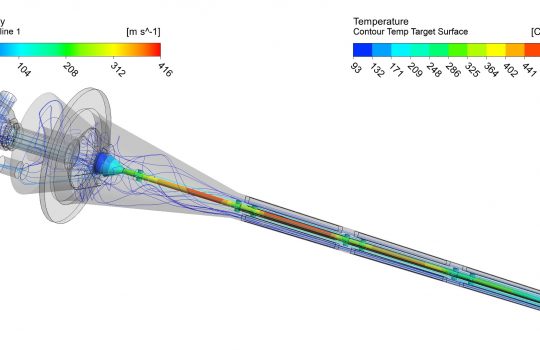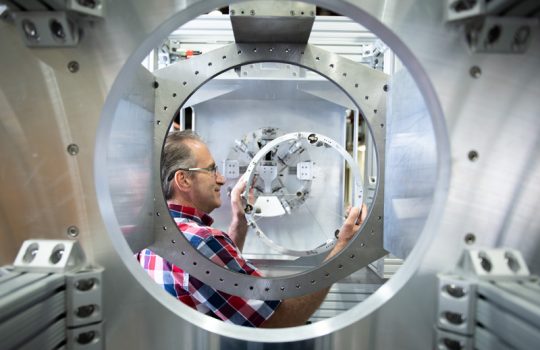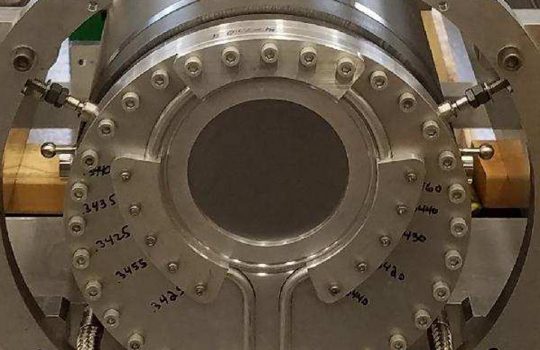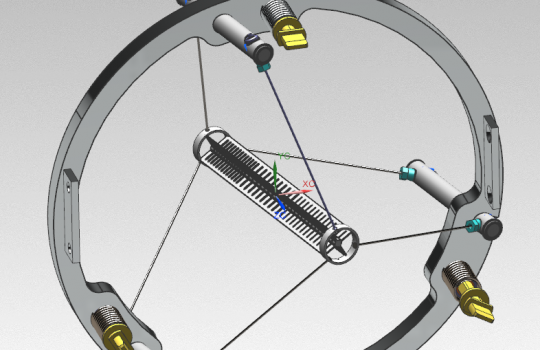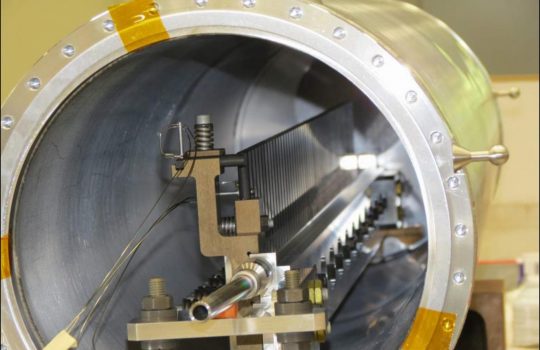Designing resilient targets for high-energy particle accelerators
Particle accelerator beams can create significant damage to the targets used to generate particles for experiments. Researchers are designing targets to withstand material degradation from radiation damage, shock from thermal expansion and material fatigue — all caused by accelerated protons.

